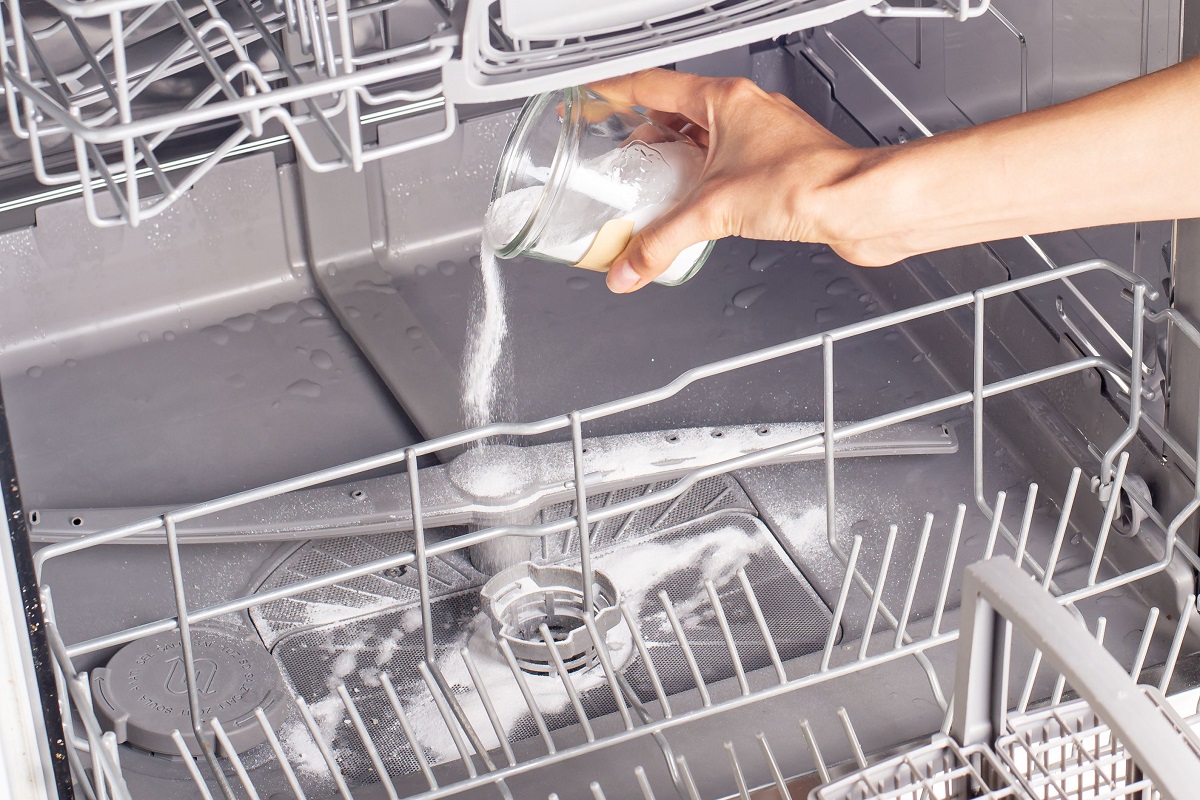

Articles
What To Use To Clean Dishwasher
Modified: January 6, 2024
Discover the best articles on what to use to clean your dishwasher. Find effective cleaning solutions and techniques for a sparkling clean appliance.
(Many of the links in this article redirect to a specific reviewed product. Your purchase of these products through affiliate links helps to generate commission for Storables.com, at no extra cost. Learn more)
Introduction
Having a dishwasher in your kitchen is a convenient and time-saving appliance. It takes care of the dirty dishes for you, leaving you with more free time to enjoy other activities. However, just like any other appliance, your dishwasher requires regular maintenance to function optimally. Part of this maintenance includes keeping your dishwasher clean.
A clean dishwasher not only ensures that your dishes come out sparkling clean, but it also helps to extend the lifespan of your appliance. Over time, food debris, grease, and mineral deposits can build up in your dishwasher, leading to unpleasant odors, reduced performance, and even damage to the internal components.
In this article, we will explore the different solutions you can use to clean your dishwasher effectively. From simple homemade mixtures to specialized cleaning tablets, there are several methods you can choose from to keep your dishwasher in top shape.
Regular cleaning of your dishwasher not only improves its performance but also helps to maintain its energy efficiency. A clean dishwasher uses less water and electricity, saving you money on utility bills in the long run. So, let’s dive into the various cleaning solutions you can use to keep your dishwasher sparkling clean!
Key Takeaways:
- Regularly cleaning your dishwasher with vinegar and baking soda or citric acid solution helps remove stains, odors, and mineral deposits, ensuring optimal performance and extending its lifespan.
- Following maintenance tips such as scraping off food debris, using rinse aid, and cleaning the filter keeps your dishwasher clean, odor-free, and running efficiently for years to come.
Reasons to Clean Your Dishwasher
While the primary purpose of a dishwasher is to clean your dishes, it is important to remember that the dishwasher itself also needs regular cleaning. Here are a few reasons why cleaning your dishwasher is crucial:
- Eliminate Odors: Over time, food particles and debris can accumulate in your dishwasher and create unpleasant odors. Regular cleaning helps to remove these odors and keep your dishwasher smelling fresh.
- Prevent Bacterial Growth: A dirty dishwasher can become a breeding ground for bacteria. By cleaning your dishwasher, you can eliminate bacteria and maintain a hygienic environment for your dishes.
- Improve Cleaning Performance: A clean dishwasher will work more efficiently and effectively, ensuring that your dishes come out spotless every time. Removing any buildup will allow the water and detergent to circulate freely, resulting in better cleaning results.
- Remove Hard Water Deposits: If you live in an area with hard water, mineral deposits can accumulate on the walls and components of your dishwasher. Cleaning your dishwasher will help to remove these deposits and prevent them from affecting the performance of your appliance.
- Extend Lifespan: Regular maintenance and cleaning can help prolong the lifespan of your dishwasher. By keeping it clean and free from debris, you can prevent any potential damage or breakdowns that could lead to costly repairs or replacement.
By understanding these reasons, you can see the importance of regularly cleaning your dishwasher. Not only will it ensure that your dishwasher remains in optimal condition, but it will also provide you with cleaner and safer dishes. So, let’s explore the various cleaning solutions you can use to keep your dishwasher in pristine condition!
Cleaning Solutions for Your Dishwasher
When it comes to cleaning your dishwasher, there are several effective solutions you can use. These solutions range from simple homemade mixtures to specialized cleaning tablets. Let’s explore each option:
-
Vinegar and Baking Soda Mixture
A popular and budget-friendly solution for cleaning your dishwasher is a mixture of vinegar and baking soda. This powerful combination helps to remove stains, odors, and mineral deposits.
To use this mixture, start by placing a cup of white vinegar in a dishwasher-safe bowl or container on the top rack of your empty dishwasher. Then, sprinkle a cup of baking soda in the bottom of the dishwasher. Run a hot water cycle to allow the vinegar and baking soda to work together to remove buildup and odors.
-
Citric Acid Solution
Citric acid is another effective cleaning agent for your dishwasher. It helps to dissolve mineral deposits and remove stubborn stains.
To use citric acid, fill a dishwasher-safe bowl or container with about one cup of citric acid crystals. Place it on the bottom rack of your empty dishwasher and run a hot water cycle. The citric acid will dissolve and work its magic to clean your dishwasher.
-
Read more: How To Clean Kenmore Dishwasher
Dishwasher Cleaning Tablets
If you prefer a convenient and hassle-free option, dishwasher cleaning tablets are a great choice. These tablets are specially formulated to remove mineral deposits, grease, and residue from your dishwasher.
To use dishwasher cleaning tablets, simply place one tablet in the detergent dispenser of your empty dishwasher. Follow the instructions provided by the manufacturer, as different brands may have specific usage guidelines. Run a hot water cycle, and the tablet will dissolve, leaving your dishwasher clean and fresh.
-
Bleach Solution
While not recommended for regular cleaning due to its harshness, a bleach solution can be used occasionally to deep clean your dishwasher.
Mix one cup of bleach with one gallon of water in a container, ensuring proper ventilation. Use caution when handling bleach and follow the safety instructions on the label. Place the solution in the bottom of your empty dishwasher and run a hot water cycle. Be sure to thoroughly rinse your dishwasher afterward to remove any remaining bleach residue.
Choose the cleaning solution that suits your preference and needs. Each option is effective in its own way, and regular use of any of these solutions will help keep your dishwasher clean and well-maintained.
Vinegar and Baking Soda Mixture
A popular and effective DIY solution for cleaning your dishwasher is a mixture of vinegar and baking soda. This combination works wonders in removing stains, odors, and mineral deposits from your dishwasher.
Here’s how you can use the vinegar and baking soda mixture to clean your dishwasher:
- Start by making sure your dishwasher is empty. Remove any dishes, racks, and utensil holders.
- Place a dishwasher-safe bowl or container on the top rack of your dishwasher. Fill it with one cup of white vinegar.
- Sprinkle about one cup of baking soda on the bottom of the dishwasher.
- Close the dishwasher and run a hot water cycle. Choose the longest and hottest setting available.
- The vinegar and baking soda will work together to clean your dishwasher. The vinegar helps to dissolve grease, remove odors, and break down mineral deposits. The baking soda acts as a gentle abrasive that helps to remove stains and buildup.
- Once the cycle is complete, open the dishwasher and check for any remaining stains or deposits. If necessary, use a soft brush or sponge dipped in vinegar to scrub away any stubborn areas.
- After you’ve scrubbed away any remaining stains, run another hot water cycle to rinse the dishwasher.
- Finally, wipe down the interior of the dishwasher, including the door seals, with a clean cloth or sponge soaked in vinegar to remove any lingering residue.
The vinegar and baking soda mixture is a cost-effective and eco-friendly way to clean your dishwasher. It helps to remove buildup, eliminate odors, and keep your dishwasher running smoothly. By regularly using this DIY cleaning solution, you can ensure that your dishwasher remains in optimal condition.
Remember to refer to your dishwasher’s manual for any specific instructions or limitations regarding cleaning methods. Some dishwasher models may have specific recommendations or restrictions on the use of vinegar or other cleaning solutions.
Citric Acid Solution
Citric acid is a natural, mild acid that is highly effective in removing mineral deposits and stubborn stains from your dishwasher. Using a citric acid solution can help to restore the shine and cleanliness of your dishwasher.
Here’s how you can use a citric acid solution to clean your dishwasher:
- Ensure that your dishwasher is empty before you begin the cleaning process. Remove any dishes, racks, and utensil holders.
- Fill a dishwasher-safe bowl or container with about one cup of citric acid crystals.
- Place the citric acid-filled container on the bottom rack of your dishwasher.
- Close the dishwasher and select a hot water cycle. Choose the longest and hottest setting available.
- Run the dishwasher and allow the citric acid to dissolve and distribute throughout the dishwasher. The citric acid will work to break down mineral deposits, remove stains, and freshen up your dishwasher.
- Once the cycle is complete, open the dishwasher and inspect for any lingering stains or deposits.
- If there are still some stubborn stains present, use a soft brush or sponge dipped in the citric acid solution to scrub the affected areas.
- After scrubbing, run another hot water cycle to thoroughly rinse the dishwasher.
- Finally, wipe down the interior of the dishwasher, including the door seals, with a clean cloth or sponge soaked in the citric acid solution to remove any remaining residue.
The citric acid solution is a powerful and natural way to clean your dishwasher. It helps to dissolve mineral deposits, remove stains, and leave your dishwasher looking and smelling fresh.
It’s important to note that citric acid may not be suitable for all dishwasher models. Check your dishwasher’s manual to ensure that using citric acid is recommended by the manufacturer and if there are any specific instructions or limitations to follow.
By regularly cleaning your dishwasher with a citric acid solution, you can maintain its performance, prevent buildup, and extend its lifespan.
Read more: What To Use To Clean A Toilet
Dishwasher Cleaning Tablets
If you’re looking for a convenient and hassle-free solution to clean your dishwasher, dishwasher cleaning tablets are a great option. These specialized tablets are formulated to remove mineral deposits, grease, and residue from your dishwasher.
Here’s how you can use dishwasher cleaning tablets to clean your dishwasher:
- Start by ensuring that your dishwasher is empty. Remove any dishes, racks, and utensil holders.
- Check the packaging of the dishwasher cleaning tablets for specific instructions and dosage recommendations. Different brands may have varying usage guidelines.
- Place a single dishwasher cleaning tablet in the detergent dispenser compartment of your dishwasher. Follow the instructions provided by the manufacturer to ensure proper usage.
- Close the dishwasher and select a hot water cycle. Choose a suitable cycle that will dissolve and activate the cleaning tablet.
- Run the dishwasher and allow the cleaning tablet to dissolve and work its magic. The tablet will release cleaning agents that target mineral deposits, grease, and residue within the dishwasher.
- Once the cycle is complete, open the dishwasher and inspect for any remaining stains or deposits.
- If necessary, use a soft brush or sponge to scrub away any stubborn residue or stains.
- Run another hot water cycle to thoroughly rinse the dishwasher and remove any cleaning tablet residue.
- Finally, wipe down the interior of the dishwasher, including the door seals, with a clean cloth or sponge to ensure all residue is removed.
Dishwasher cleaning tablets offer a convenient and effective way to maintain the cleanliness of your dishwasher. Their specially designed formula helps to break down and remove buildup, leaving your dishwasher fresh and odor-free.
Always follow the instructions provided by the manufacturer of the dishwasher cleaning tablets for best results. Remember to check your dishwasher’s manual to ensure that using cleaning tablets is recommended and if there are any specific instructions or limitations to follow.
By incorporating dishwasher cleaning tablets into your regular dishwasher maintenance routine, you can keep your dishwasher running smoothly and ensure sparkling clean dishes every time.
Bleach Solution
While not recommended for regular cleaning due to its harshness, a bleach solution can be used occasionally to deep clean your dishwasher. Bleach is a powerful disinfectant and can effectively remove tough stains and kill bacteria.
Here’s how you can use a bleach solution to clean your dishwasher:
- Make sure your dishwasher is completely empty. Remove all dishes, racks, and utensil holders before proceeding.
- Prepare a bleach solution by mixing one cup of household bleach with one gallon of water. Ensure proper ventilation and wear protective gloves while handling bleach.
- Using caution, pour the bleach solution into the bottom of your dishwasher.
- Close the dishwasher and select a hot water cycle. Choose the longest and hottest setting available to allow the bleach solution to work its magic.
- Run the dishwasher and let the bleach solution circulate throughout the dishwasher. The bleach will help to remove stubborn stains, kill bacteria, and sanitize the interior of the dishwasher.
- After the cycle is complete, open the dishwasher and inspect for any remaining stains or residue.
- If there are any stubborn stains or residue, use a soft brush or sponge soaked in the bleach solution to scrub the affected areas. Be cautious and wear gloves to avoid direct contact with the bleach.
- After scrubbing, run another hot water cycle to thoroughly rinse the dishwasher and remove any remaining bleach solution.
- Finally, wipe down the interior of the dishwasher, including the door seals, with a damp cloth to ensure all bleach residue is removed.
It’s important to note that bleach should only be used occasionally for deep cleaning purposes. Regular use of bleach can be harsh on the internal components of your dishwasher and may cause damage over time.
Always follow the safety instructions and dosage recommendations on the bleach product label. Additionally, consult your dishwasher’s manual to check if using bleach is recommended and if there are any specific instructions or restrictions to follow.
By using a bleach solution sparingly and correctly, you can effectively deep clean and sanitize your dishwasher, keeping it germ-free and in optimal condition.
To clean your dishwasher, use a mixture of vinegar and baking soda. Place a cup of vinegar on the top rack and sprinkle baking soda on the bottom, then run a hot water cycle. This will help remove any built-up grime and odors.
How to Clean Your Dishwasher Step by Step
Cleaning your dishwasher regularly is essential to keep it running smoothly and ensure clean and odor-free dishes. Follow these step-by-step instructions to effectively clean your dishwasher:
- Start by removing any dishes, racks, and utensil holders from your dishwasher. Ensure that the dishwasher is completely empty.
- Inspect the bottom of the dishwasher for large food debris, such as chunks of food or utensils that may have fallen into the drain. Carefully remove any visible debris to prevent clogs and improve the dishwasher’s performance. Use a damp cloth or sponge to wipe away any residue or buildup on the internal walls of the dishwasher.
- Choose a cleaning solution according to your preference and the materials available. You can opt for a vinegar and baking soda mixture, a citric acid solution, dishwasher cleaning tablets, or a bleach solution (used sparingly and with caution).
- Follow the specific instructions for your chosen cleaning solution. This may include placing a bowl or container of the solution on the top rack or bottom of the dishwasher, or using a designated detergent dispenser or specific cycle settings.
- Close the dishwasher and select the appropriate cycle. Ideally, choose a hot water cycle to help activate and maximize the cleaning power of the solution. This will thoroughly clean and sanitize the interior of your dishwasher.
- Allow the cleaning cycle to run its course, ensuring that the dishwasher completes the entire cycle. This will provide ample time for the cleaning solution to work effectively in removing stains, buildup, and odors.
- Once the cleaning cycle is complete, open the dishwasher and inspect the interior for any remaining stains or residue.
- If necessary, use a soft brush or sponge to scrub away any stubborn stains or deposits. Be gentle yet thorough to avoid scratching or damaging the surfaces of your dishwasher.
- After scrubbing, run another hot water cycle to rinse the dishwasher and remove any remaining cleaning solution or residue.
- With a clean damp cloth, wipe down the interior of the dishwasher, paying close attention to the door seals, edges, and crevices where residue may accumulate.
- Finally, allow the dishwasher to air-dry completely before closing the door or reloading it with dishes.
By following these step-by-step instructions and incorporating regular dishwasher cleaning into your household routine, you can prolong the lifespan of your dishwasher, ensure clean and sanitary dishes, and maintain optimal performance.
Remember to consult your dishwasher’s manual for any specific cleaning instructions or limitations provided by the manufacturer. Each dishwasher model may have unique features and requirements that should be considered when cleaning.
Maintenance Tips to Keep Your Dishwasher Clean
Regular maintenance is key to ensuring that your dishwasher stays clean and runs smoothly for years to come. Follow these simple maintenance tips to keep your dishwasher in pristine condition:
- Scrape off Food Debris: Before loading your dishes into the dishwasher, make sure to remove any large food debris. Scrape off excess food into the trash or compost bin to prevent it from clogging the dishwasher drain or causing buildup.
- Load Dishes Properly: Properly load your dishwasher, ensuring that dishes and utensils are spaced out to allow water and detergent to reach all surfaces. Avoid overcrowding, as it can prevent proper cleaning and lead to residue buildup.
- Use Rinse Aid: Using a rinse aid in your dishwasher helps to prevent water spots and aids in the drying process. Fill the rinse aid dispenser as instructed by the manufacturer, following the appropriate fill level for your specific dishwasher model.
- Clean the Filter: Your dishwasher has a filter that traps food particles and debris. Regularly remove and clean the filter to prevent blockages and improve the dishwasher’s performance. Consult your dishwasher’s manual for the specific instructions on how to remove and clean the filter.
- Wipe Down the Door and Seals: Periodically clean the door, edges, and seals of your dishwasher with a clean, damp cloth. This helps to remove any residue or food particles that may have accumulated and prevents them from causing odors or mold growth.
- Run Hot Water Before Starting a Cycle: Before starting a dishwasher cycle, run the kitchen sink’s hot water for a few seconds. This helps to ensure that hot water is immediately available for the dishwasher, improving the effectiveness of the cleaning process.
- Inspect and Clean Spray Arms: Regularly check the spray arms for any clogs or obstructions. Remove any debris that may be blocking the spray holes to ensure proper water circulation and even distribution during the cleaning cycle.
- Regularly Clean Interior Walls: Use a mild dish soap and a damp cloth to wipe down the interior walls of your dishwasher. This helps to remove any residue or mineral buildup that may have accumulated over time.
- Run Maintenance Washes: Periodically run a maintenance wash using cleaning solutions like vinegar and baking soda or specialized dishwasher cleaning tablets. This helps to remove any stubborn stains, odors, and mineral deposits, keeping your dishwasher fresh and odor-free.
- Follow Manufacturer’s Instructions: Always refer to your dishwasher’s manual for specific maintenance guidelines and recommendations from the manufacturer. This ensures that you are following the proper care instructions for your particular dishwasher model.
By following these maintenance tips, you can keep your dishwasher clean, prevent buildup and odors, and ensure that it continues to provide you with sparkling clean dishes. Incorporate these practices into your routine for a well-maintained and efficient dishwasher.
Read more: How To Clean Filter On Kitchenaid Dishwasher
Conclusion
Maintaining a clean and well-functioning dishwasher is essential for pristine dishes and optimal performance. By regularly cleaning your dishwasher and following simple maintenance tips, you can ensure that it remains in top shape for years to come.
We explored various cleaning solutions, including the vinegar and baking soda mixture, citric acid solution, dishwasher cleaning tablets, and bleach solution (used sparingly and with caution). Each method offers effective results in removing stains, eliminating odors, and preventing buildup in your dishwasher.
Remember to follow the specific instructions provided by the cleaning solution and consult your dishwasher’s manual for any specific recommendations or limitations. Proper usage of these cleaning solutions will help maintain your dishwasher’s longevity and efficiency.
In addition to regular cleaning, implementing maintenance tips such as scraping off food debris, loading dishes properly, cleaning the filter, and inspecting and cleaning spray arms, will further enhance the performance of your dishwasher.
By regularly caring for your dishwasher, you can enjoy clean and odor-free dishes while prolonging the lifespan of your appliance. Incorporate these cleaning and maintenance practices into your routine to keep your dishwasher in pristine condition.
So, take the time to clean and maintain your dishwasher regularly. Your efforts will be rewarded with sparkling clean dishes, improved efficiency, and a longer lifespan for your beloved appliance.
Frequently Asked Questions about What To Use To Clean Dishwasher
Was this page helpful?
At Storables.com, we guarantee accurate and reliable information. Our content, validated by Expert Board Contributors, is crafted following stringent Editorial Policies. We're committed to providing you with well-researched, expert-backed insights for all your informational needs.
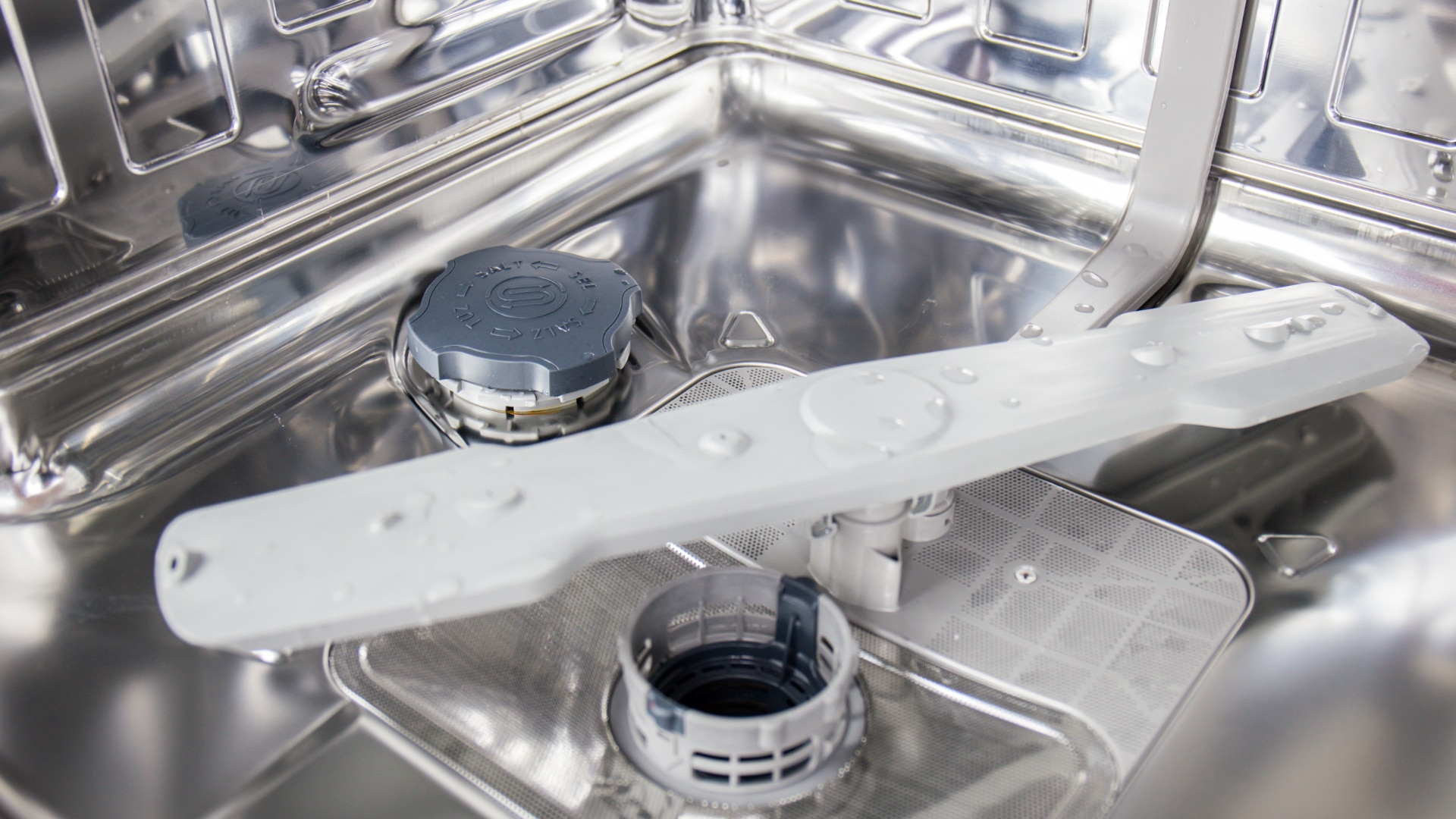
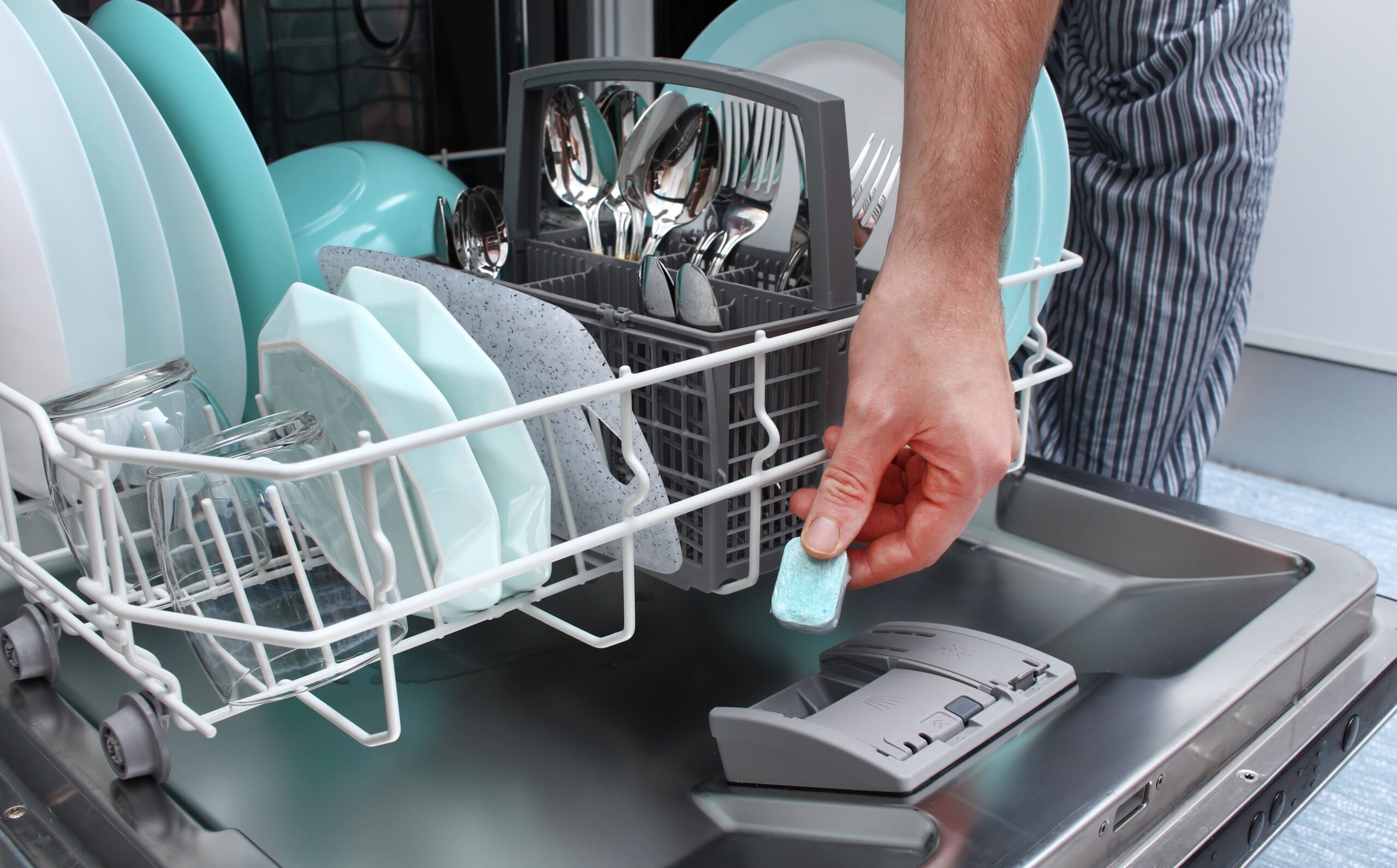
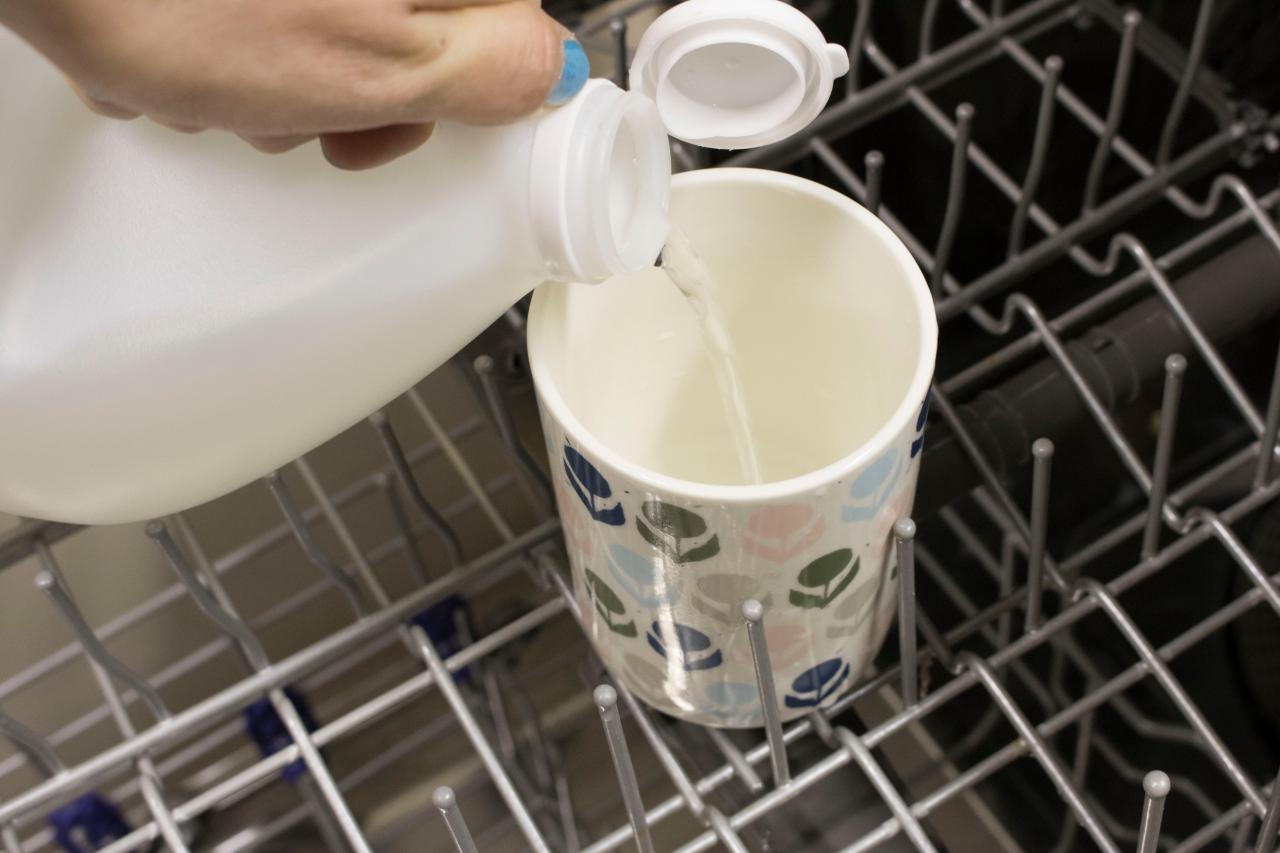
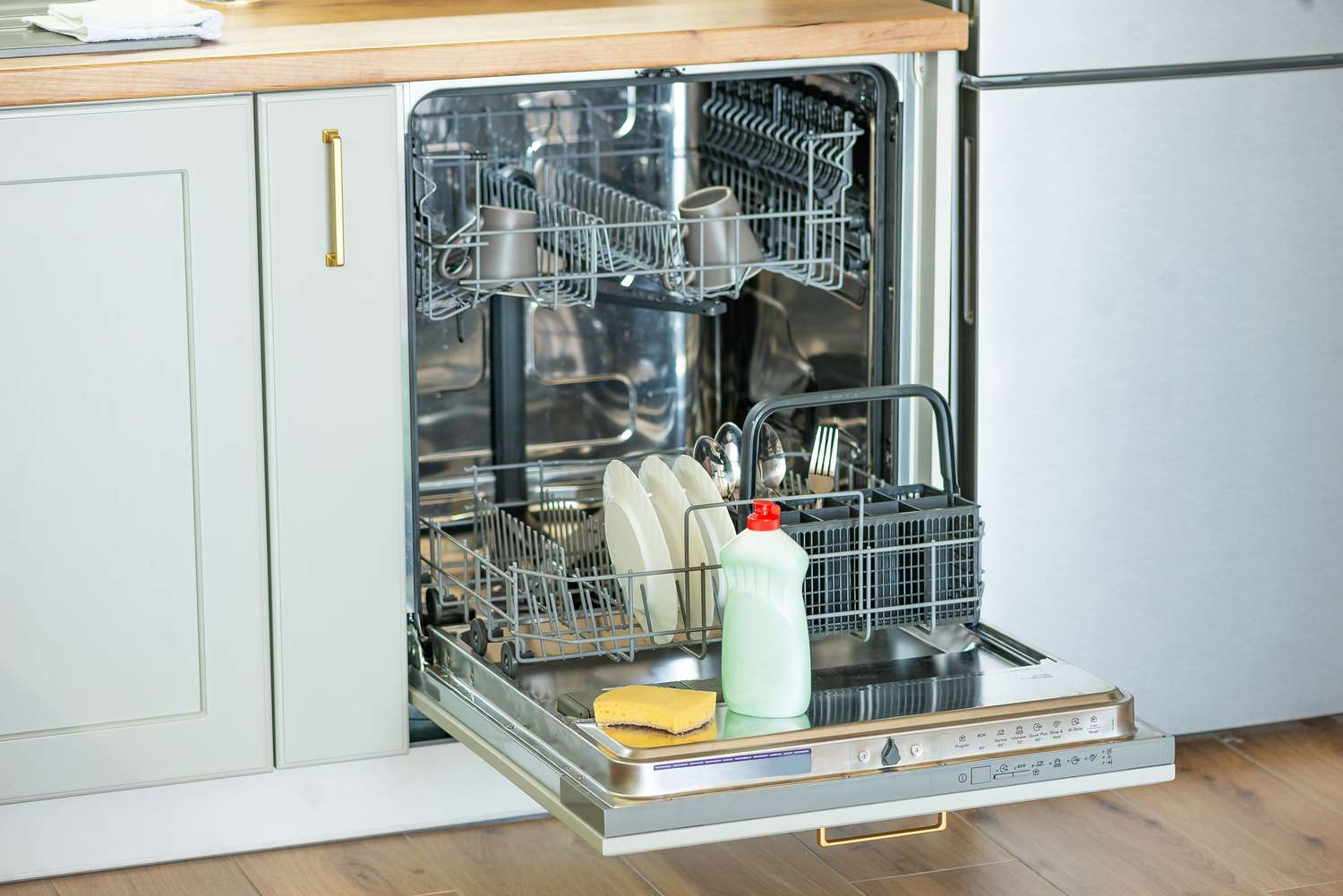
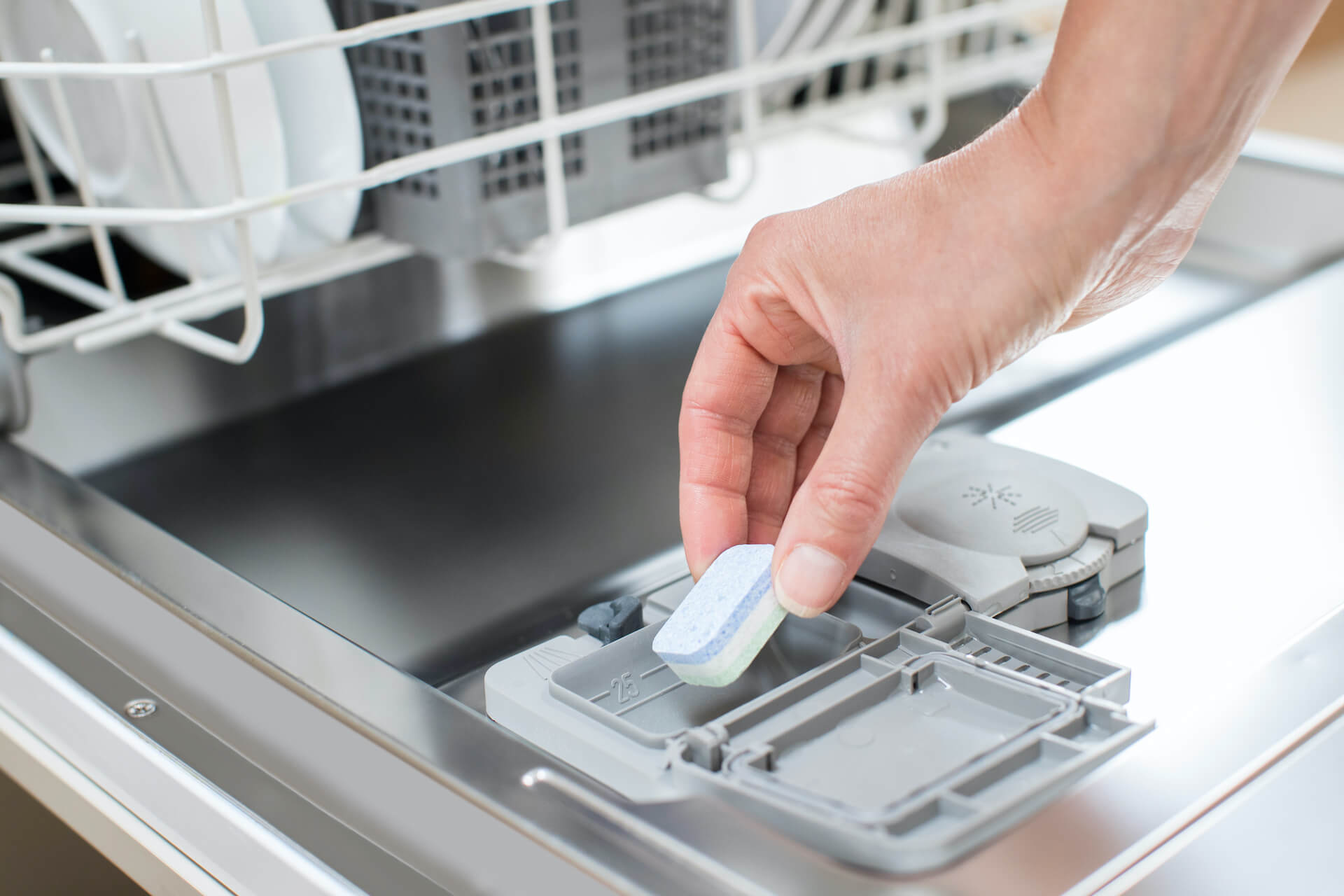
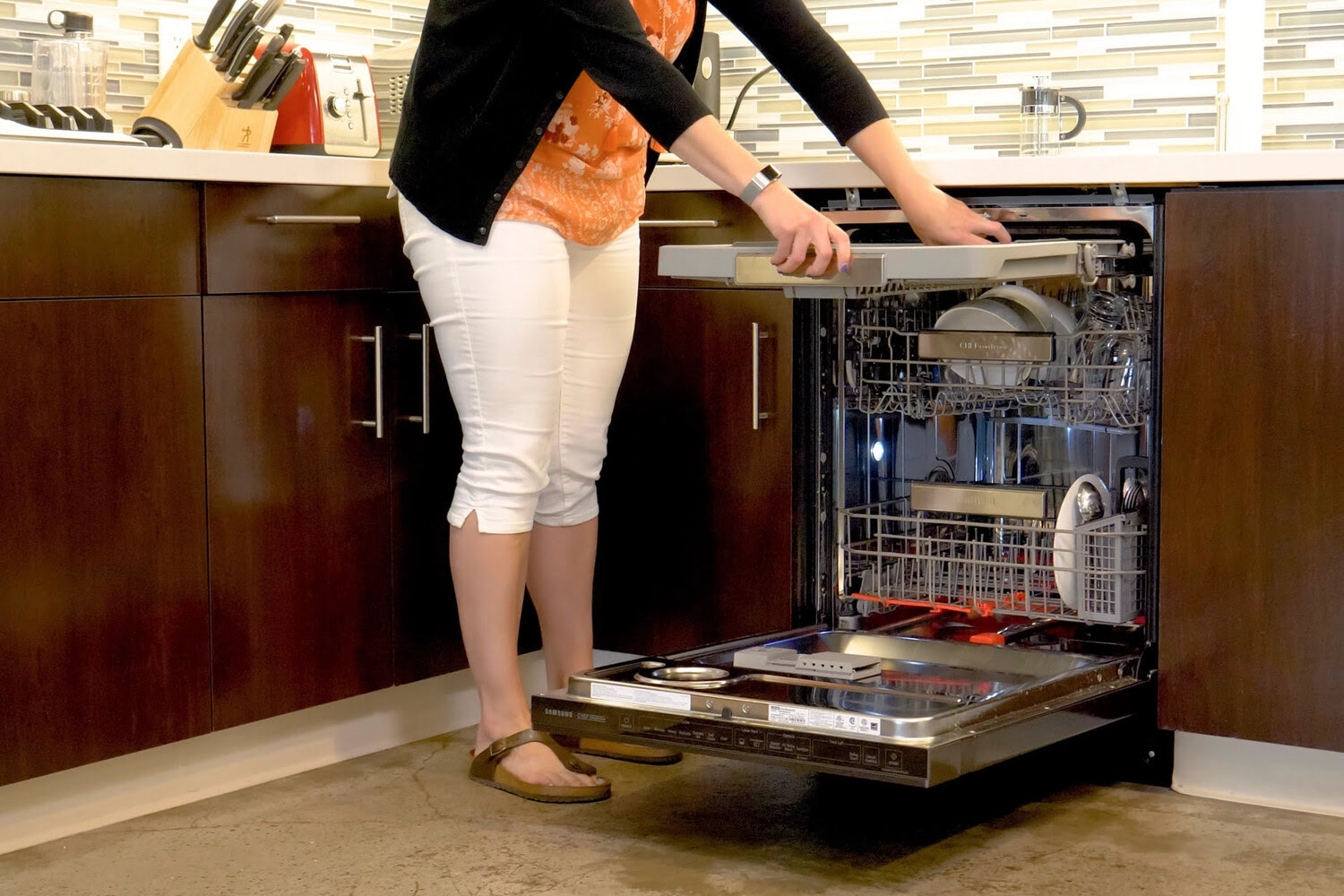
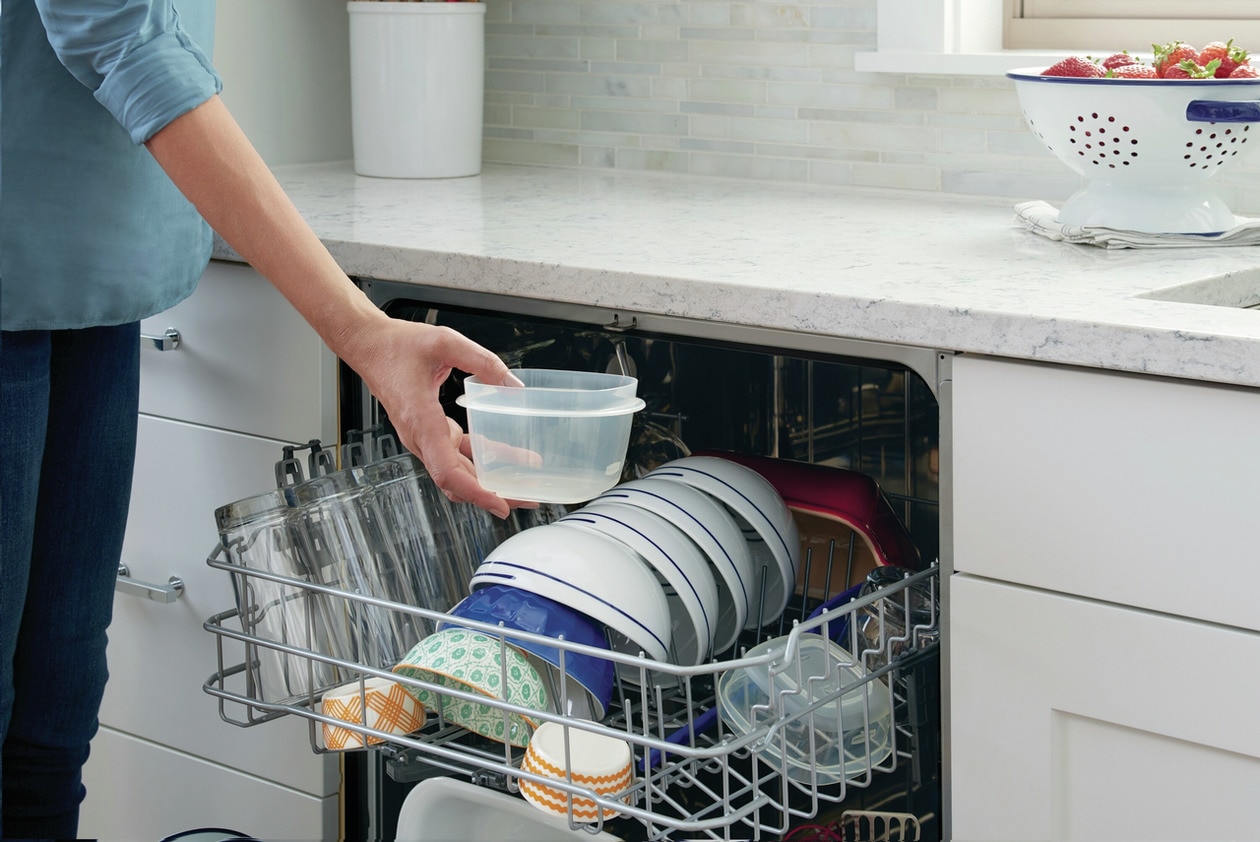
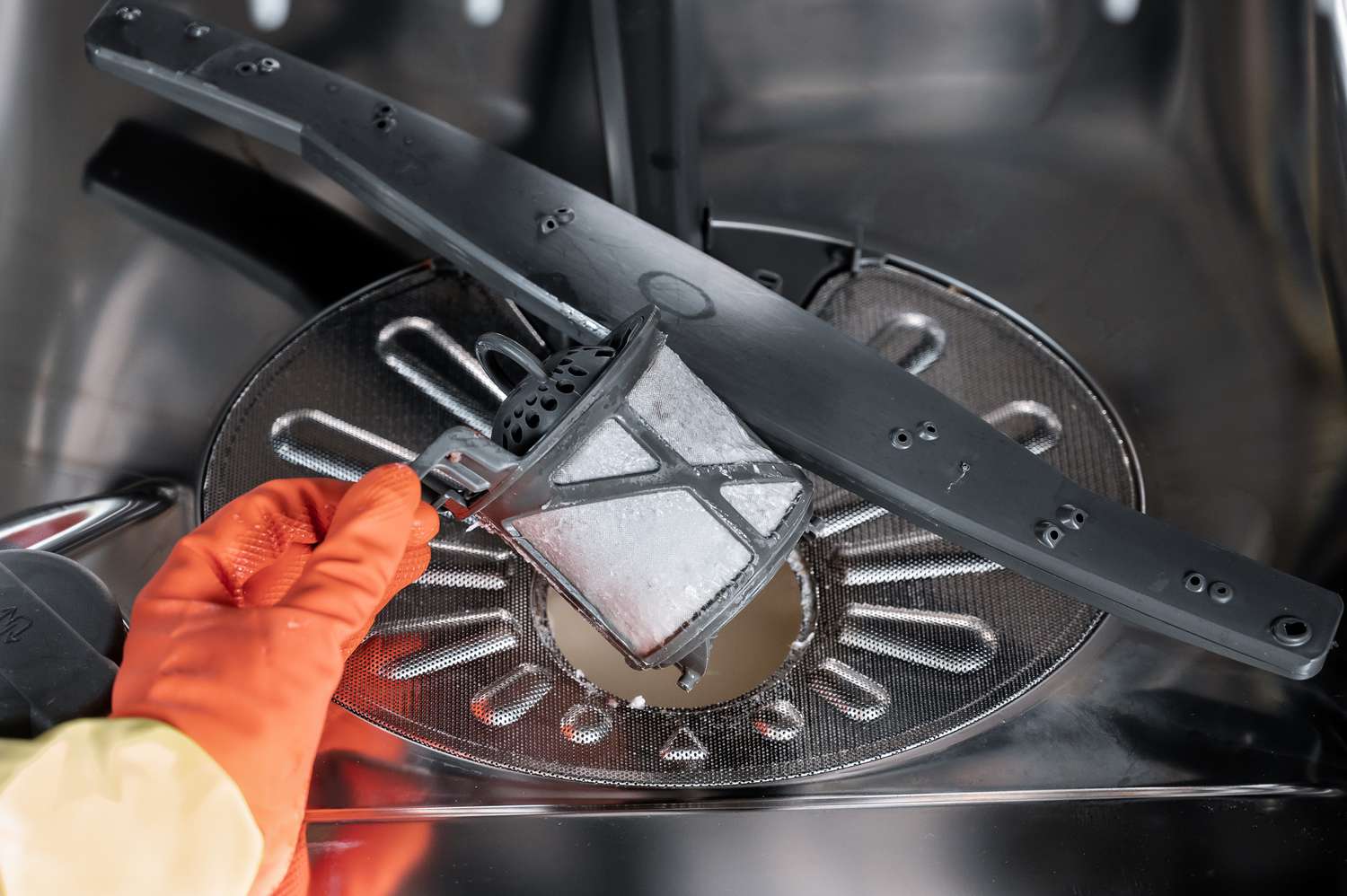
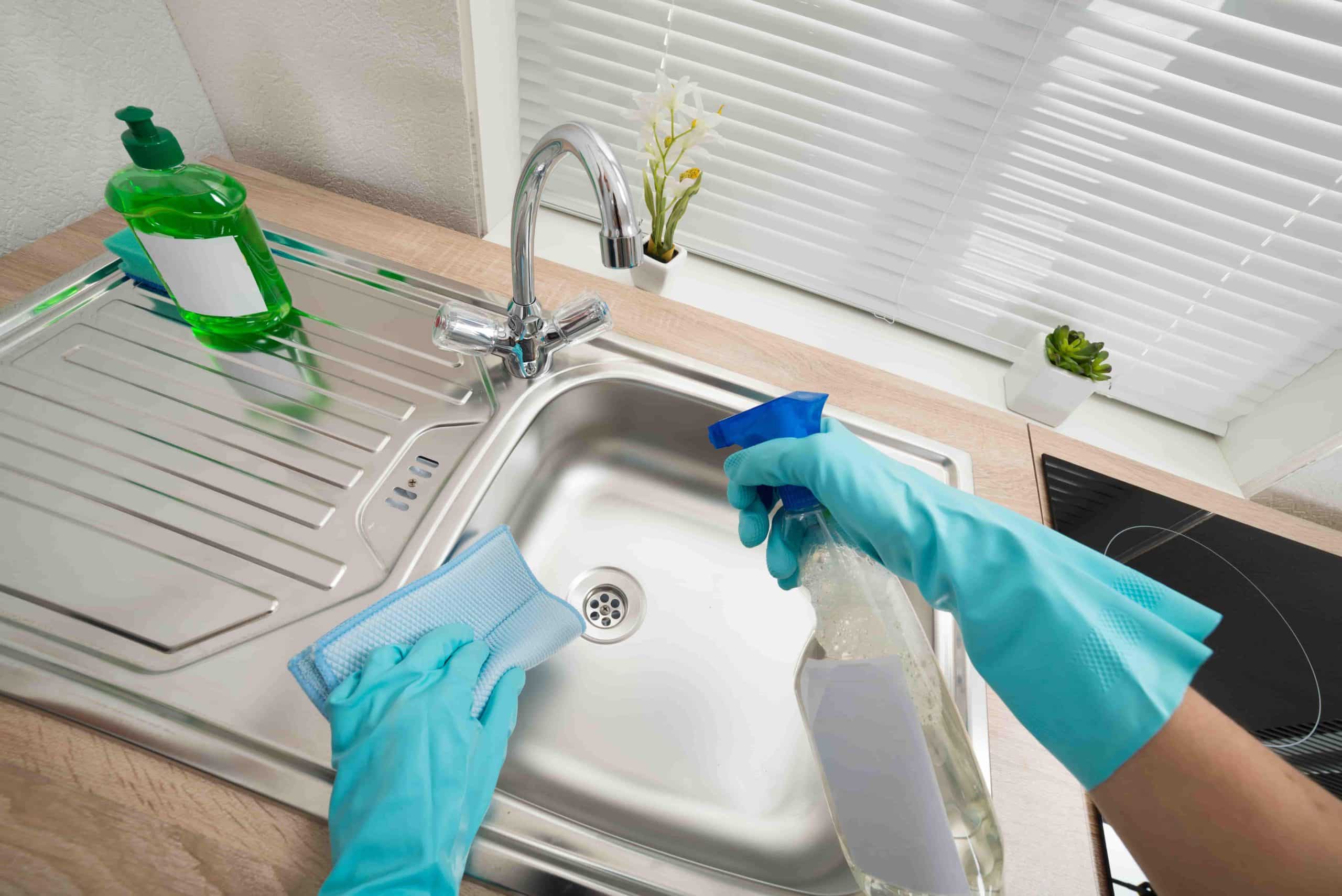
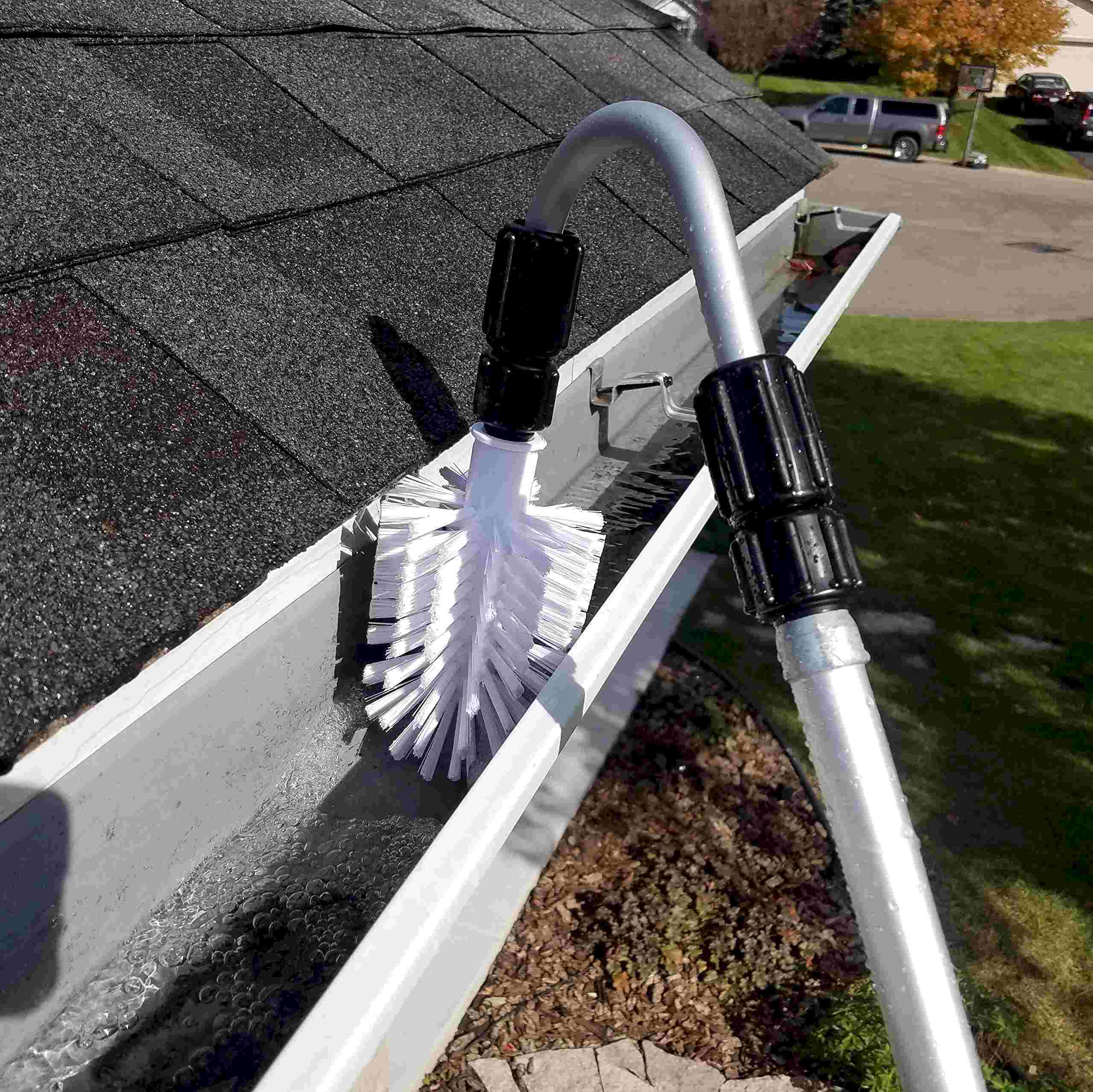
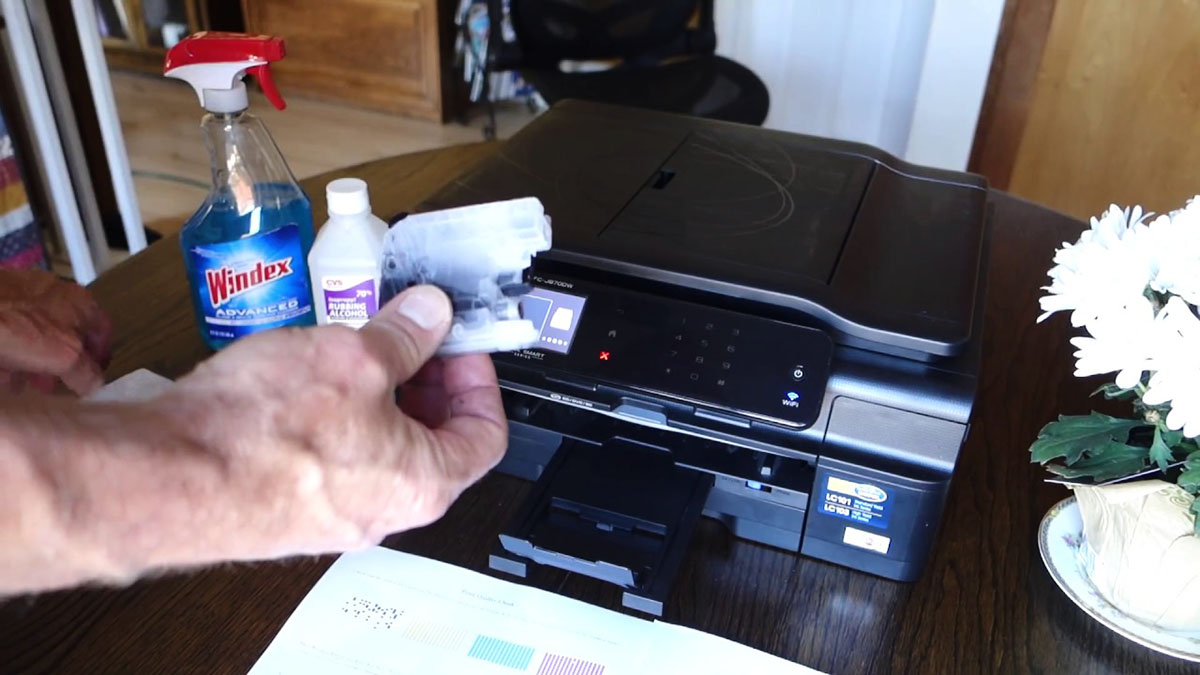


0 thoughts on “What To Use To Clean Dishwasher”